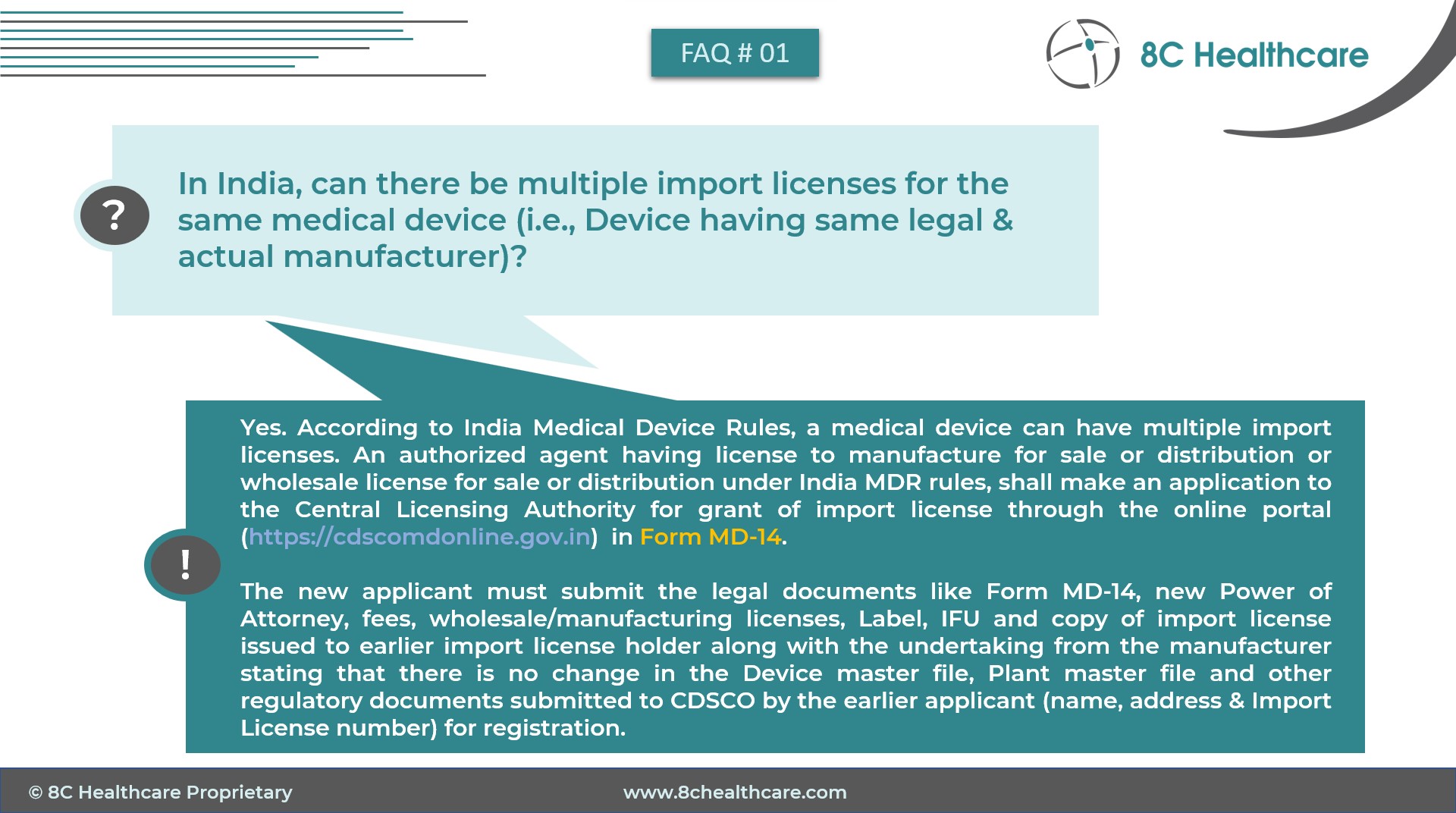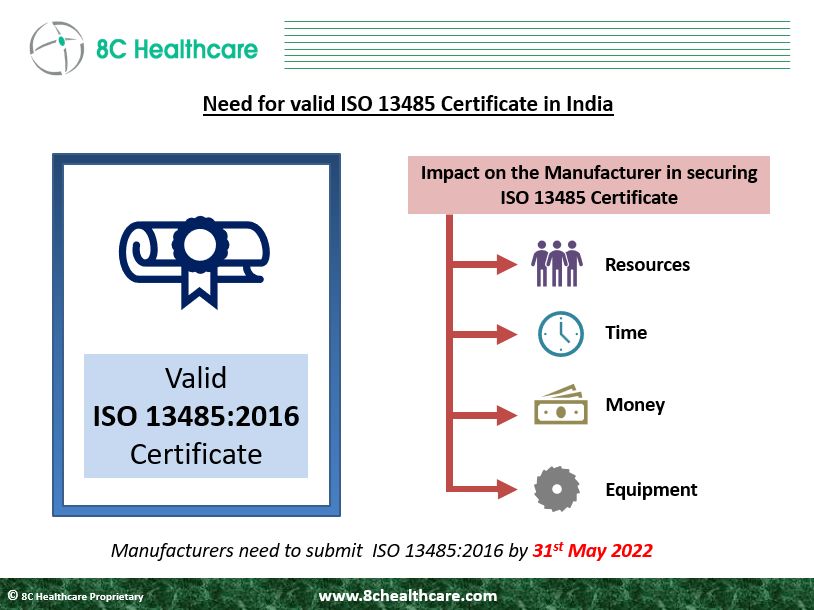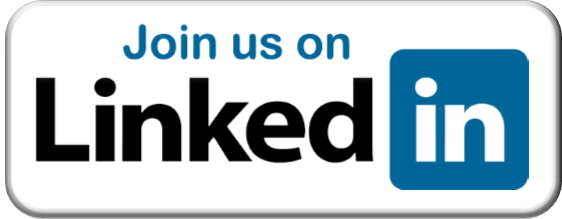Medical Device Regulations in Canada
Introduction: Canada’s regulatory landscape for medical devices is overseen by Health Canada, aiming to ensure the safety, efficacy, and quality of healthcare products. This comprehensive guide explores the regulatory framework, classification, registration process, and post-market obligations for medical devices in Canada.
Regulatory Authority and Pathway:
Health Canada is the regulatory authority responsible for medical device oversight. The regulatory pathway involves obtaining a Medical Device Establishment License (MDEL) and complying with the Medical Devices Regulations under the Food and Drugs Act.
Classification of Medical Devices:
Similar to international classification systems, Health Canada categorizes medical devices based on risk:
- Class I: Low Risk
- Class II: Moderate Risk
- Class III: High Risk
Authorized Representative:
While Canada doesn’t mandate an authorized representative, foreign manufacturers must appoint a Canadian Medical Device License (MDL) holder, a Canadian-based entity responsible for regulatory compliance.
Canadian Medical Device Licensing Process:
The licensing process involves submitting a Medical Device License (MDL) application to Health Canada, which includes evidence of device safety, efficacy, and quality. Health Canada reviews the application and, upon approval, issues the MDL.
Quality Management System (QMS) Requirements:
Manufacturers must implement a QMS compliant with ISO 13485:2016. Health Canada emphasizes the importance of effective quality control measures to ensure device safety.
Unique Device Identification (UDI) Requirements:
Health Canada mandates UDI for certain classes of medical devices, facilitating traceability and enhancing post-market surveillance.
Post-Market Obligations:
After obtaining an MDL, manufacturers must fulfill post-market obligations, including:
- Adverse Event Reporting: Prompt reporting of adverse events or device malfunctions.
- Medical Device Incident Reporting (MDIR): Submission of mandatory incident reports to Health Canada.
- Post-Market Surveillance (PMS): Ongoing monitoring of device performance and safety.
Unique Device Identification (UDI) Requirements:
Health Canada mandates UDI for certain classes of medical devices, facilitating traceability and enhancing post-market surveillance.
Navigating Canadian Medical Device Regulations: A Guide to 8C Healthcare Services
Entering the Canadian market with medical devices requires meticulous adherence to Health Canada’s regulatory framework. 8C Healthcare stands as a reliable partner, offering a spectrum of services to facilitate compliance, from classification to licensing and post-market surveillance.
8C Healthcare Medical Device Regulatory Services in Canada –
- Medical Device Establishment Licensing (MDEL)
- Medical Device License (MDL)
- MDSAP Compliance
- Canadian Medical Device Labeling Compliance
- Post Approvn change management
Choosing 8C Healthcare means choosing expertise, reliability, and a steadfast commitment to regulatory excellence in the Canadian market.


